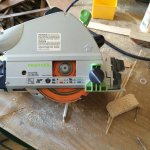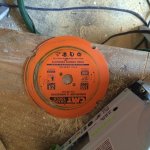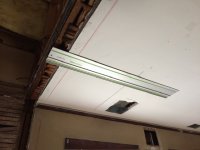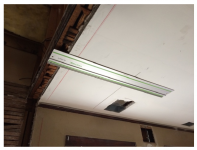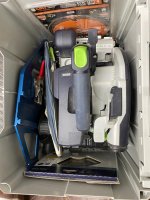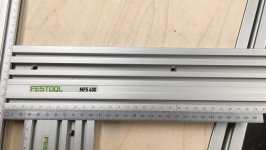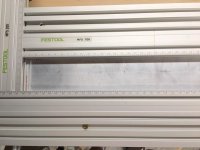Fitted a 4" angle grinder masonry blade to my ts55 today.
Set the depth to achieve a scoring cut and hey presto worked like a dream.
We use hundreds of sheets of cembrit and it never dawned on me to try this method.
And dust free.
The blade bore is a couple of mil bigger but it worked. [blink]
Set the depth to achieve a scoring cut and hey presto worked like a dream.
We use hundreds of sheets of cembrit and it never dawned on me to try this method.
And dust free.
The blade bore is a couple of mil bigger but it worked. [blink]

